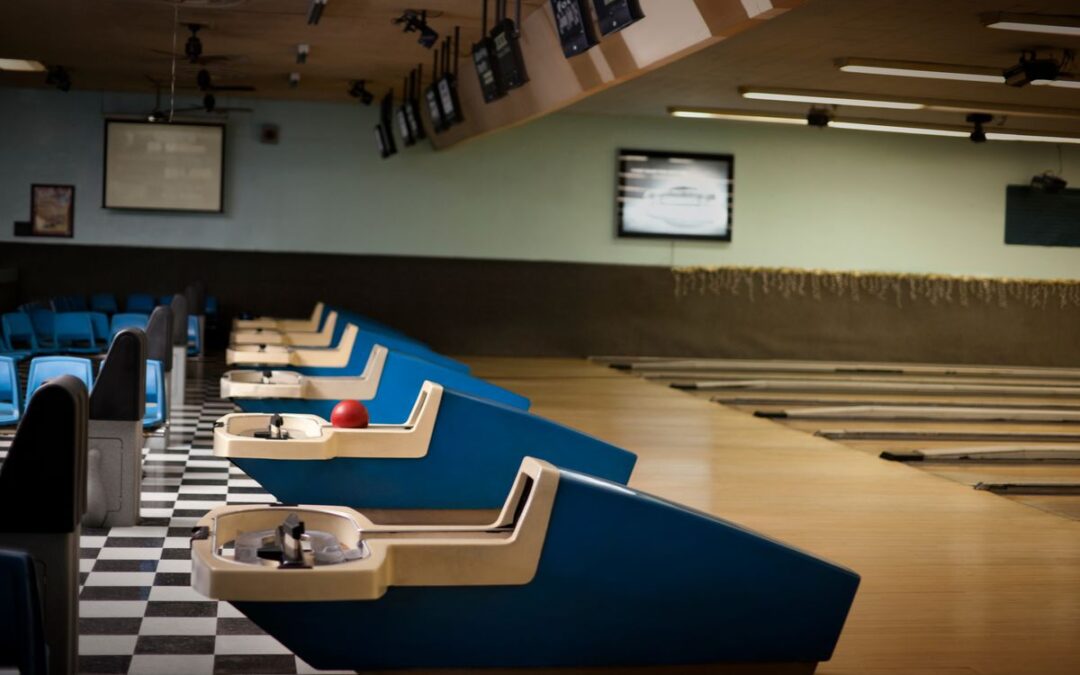Bowling, once a staple of American recreational life, has faced a notable decline in popularity over the past few decades. Once bustling with leagues, tournaments, and casual players, bowling alleys across the country have seen a drop in foot traffic and participation. Several factors contribute to this decline, reflecting broader shifts in leisure activities, societal trends, and the evolving nature of sports entertainment.
One major factor is the changing landscape of leisure activities. As technology has advanced, people have increasingly turned to digital entertainment options such as video games, streaming services, and social media. These activities offer convenience and variety, often drawing people away from traditional sports and social pastimes. With the rise of home entertainment systems and mobile devices, the allure of heading out to a bowling alley has diminished for many, particularly younger generations.
Another contributing factor is the increased competition from other recreational options. The rise of fitness culture and the growing popularity of alternative sports like indoor rock climbing, trampoline parks, and escape rooms have provided new, engaging ways for people to spend their free time. These activities often appeal to the same demographic that once frequented bowling alleys, offering more dynamic and diverse experiences that align with contemporary interests and lifestyles.
Economic factors have also played a role in the decline of bowling’s popularity. Operating a bowling alley can be costly, with expenses related to maintenance, staff, and equipment. As competition increases and consumer preferences shift, some bowling centers struggle to remain financially viable. Many have had to close their doors or reduce their offerings, leading to fewer venues available for enthusiasts and diminishing the overall presence of bowling in the community.
Furthermore, bowling’s image has also contributed to its decline. Once seen as a trendy and social activity, bowling has struggled to maintain its appeal in the face of evolving tastes and perceptions. The sport’s association with outdated stereotypes and a lack of modernization in some centers have made it less appealing to younger audiences looking for more contemporary and exciting experiences.
Despite these challenges, the bowling industry is not without hope. Efforts are being made to rejuvenate the sport by introducing modern amenities, enhancing the entertainment experience, and appealing to new audiences. Innovative bowling centers are incorporating elements like themed nights, live entertainment, and interactive experiences to attract a broader range of participants. By adapting to current trends and offering fresh, engaging experiences, the bowling industry aims to reclaim its place as a beloved and vibrant part of recreational life.

